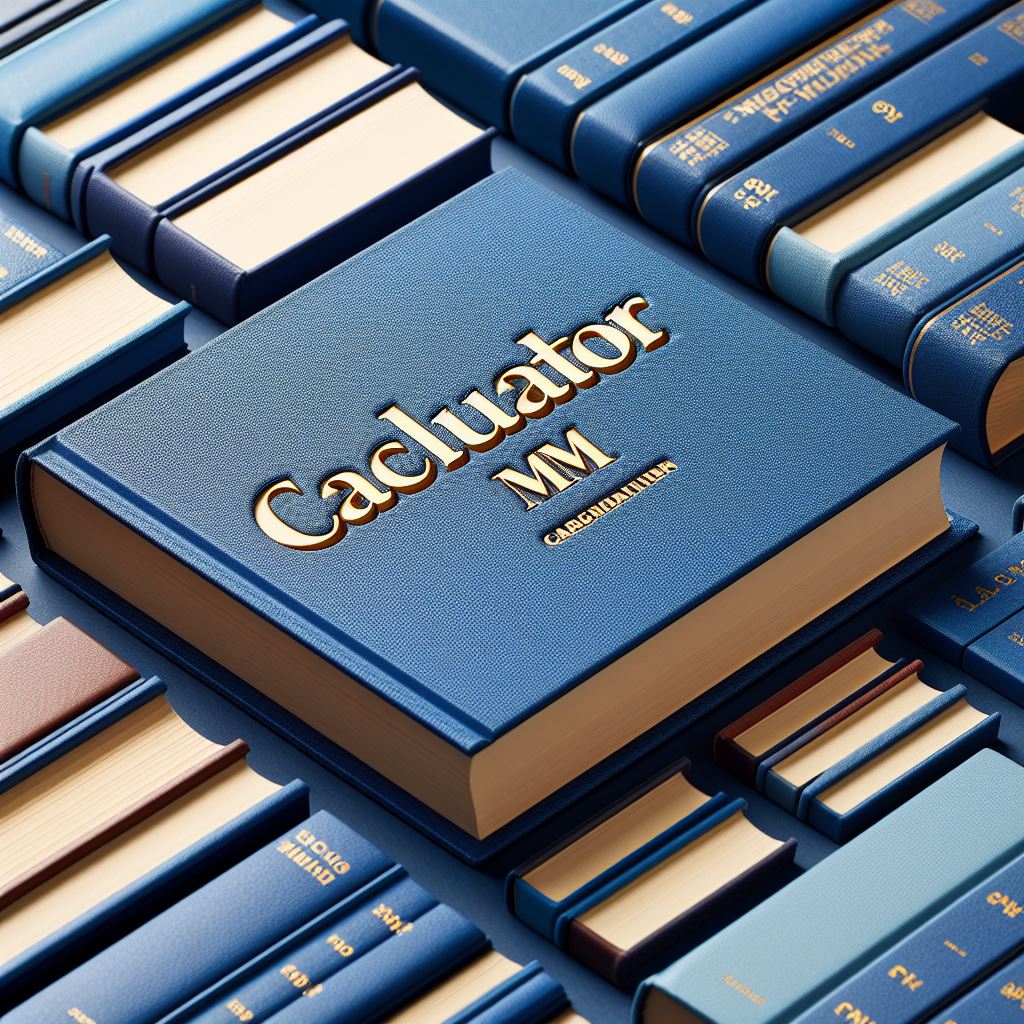The Spine Width Calculator is a vital tool for publishers and authors.
In the expansive realm of publishing, every detail is significant, from the quality of the writing to the texture of the paper. Yet, one overlooked component is the book spine. It not only holds the pages bound, but also plays a crucial role in the book’s aesthetics and functionality. Thus, a Book Spine Calculator becomes an invaluable tool.
Getting to Know the Book Spine Calculator
What precisely is a Book Spine Calculator? It’s a online tool crafted to assist authors, publishers, and designers in precisely calculating the width of a book’s spine. This measurement is critical for the proper design of the book’s cover and for guaranteeing the text on the spine is visible and attractive.
Importance of Book Spine in Publishing
Why is the spine so important? The spine of a book is what faces outward when a book is put on a shelf. It’s the first thing a potential reader sees in a bookstore or library. Thus, making sure the spine is accurately dimensioned is key to attracting readers and moving more books.
How Book Spine Calculators Work
The Mechanics Behind the Calculator: Book Spine Calculators factor in various factors to compute the spine width. These encompass the number of pages in the book, the paper type, and the binding method. By inputting these information, the calculator provides an accurate measurement, ensuring the book cover designer has the correct dimensions to work with.
Factors Influencing Spine Width
The width of a book’s spine is influenced by the paper type, page count, and binding option. Thicker paper and more pages increase the spine width, while the binding type can impact how the pages lay together, further altering the required width.
Using a Book Spine Calculator: A Step-by-Step Guide
– Selecting Paper Type: Start by selecting the paper type. This decision will substantially affect the thickness of your book.
– Inputting Page Count: Accurately count the pages of your manuscript. Remember, the total number of pages impacts the spine width.
– Choosing Binding Type: Decide on the binding type. Options range from perfect binding, spiral binding, and saddle stitch, to name a few.
Practical Applications
Authors and publishers use spine calculators not just for aesthetic purposes but also to make informed decisions about printing costs and materials. The spine width directly affects the amount of material needed for the cover, affecting the overall cost of book production.
Common Mistakes to Avoid
A common mistake is incorrectly counting the pages or misinterpreting the paper type. Such errors can cause incorrect spine width calculations, possibly ruining the book’s design and readability of the spine text.
Advanced Tips
For those striving to maximize the use of spine calculators, consider the impact of additional elements like inserts or fold-outs on the spine width. Advanced planning can forestall last-minute adjustments that could delay production.
Wrapping Up: The Value of a Book Spine Calculator
In conclusion, a Book Spine Calculator is more than a tool; it’s a necessity in the publishing process. By ensuring the spine width is accurate, authors and publishers can steer clear of common pitfalls, saving time and money. Moreover, a well-designed spine can enhance the book’s marketability, making it stand out on the shelf.
Frequently Asked Questions
– Can I use a Book Spine Calculator for any type of book? Absolutely, spine calculators are versatile and can be used for a wide range of books, no matter the genre or format.
– Is it difficult to use a Book Spine Calculator? Not at all. Most spine calculators are user-friendly, requiring only basic information about your book to provide accurate results.
– How accurate are Book Spine Calculators? When used properly, these tools are very accurate, guaranteeing that your book’s spine is precisely measured for production.
– Do I need to pay to use a Book Spine Calculator? Many spine calculators are free to use online, though some premium tools offer additional features for a fee.
– Can a Book Spine Calculator help with ebook production? While ebooks don’t have physical spines, understanding the dimensions of printed versions can help in the overall design and formatting of electronic versions as well.

